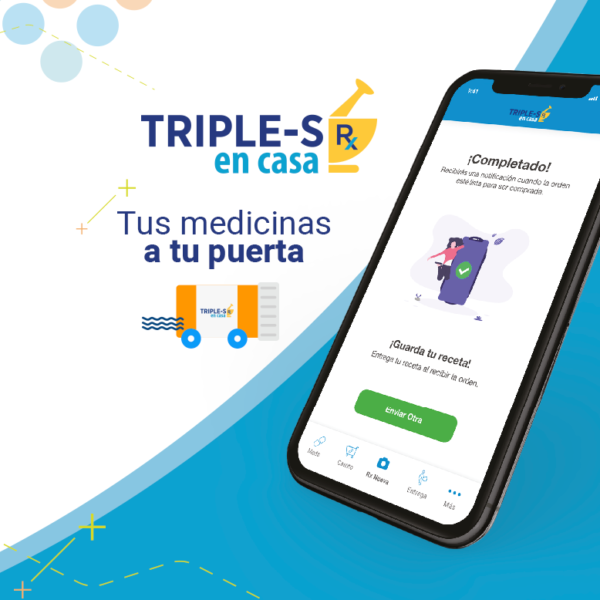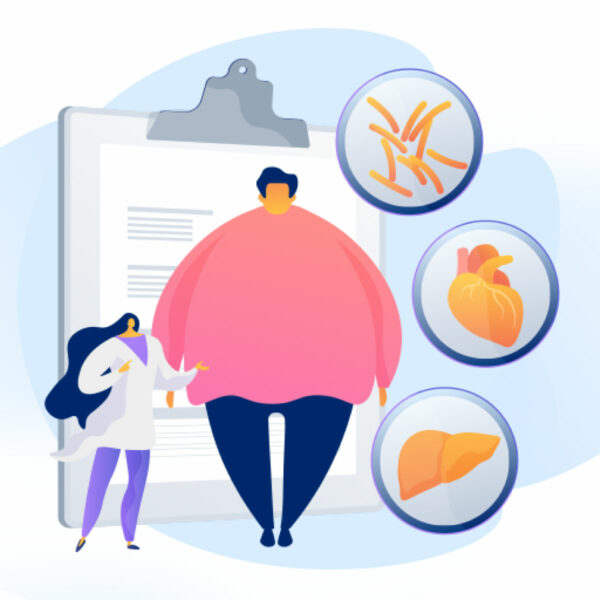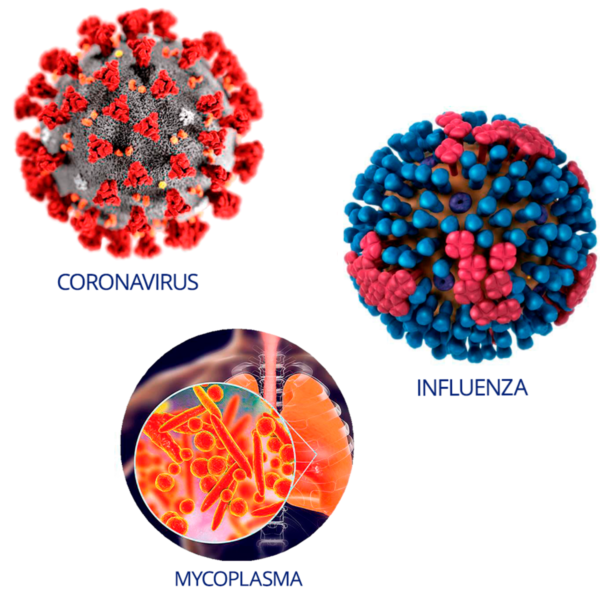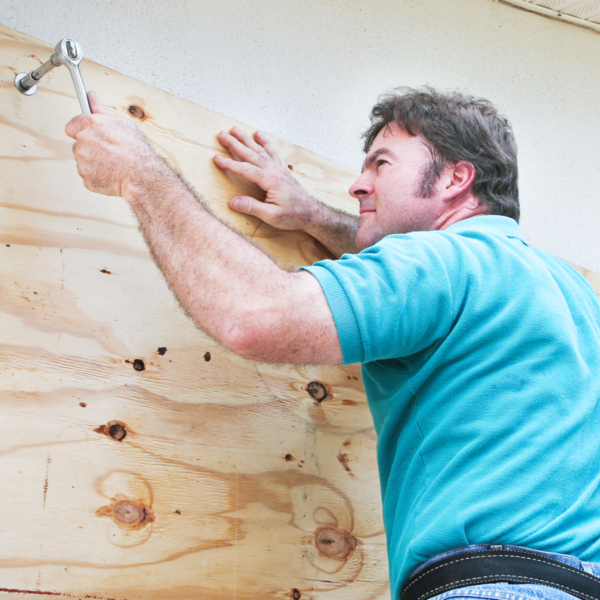A lot of what children are taught in school is visual, which is why there’s such a close link between their vision and learning. Children need to be able to see clearly to learn how to read, and their vision needs to stay healthy to keep learning in the classroom.
There are many aspects involved in having a healthy and comfortable vision, which are particularly vital when it comes to learning:
Visual clearness. Your child should be able to see clearly from a range of distances: up close, so they can read books and other papers; mid-range, for PC screens; and from far away, so they can read the teacher’s instructions on the blackboard. Some children need eyeglasses to help them see clearly, either because their focal point is too close (known as nearsightedness or myopia) because it is too far (farsighted or hyperopia), or because it is not a single focal point (astigmatism).
Ocular focus. Your child’s eyes should be able to shift focus quickly from far away (front of the classroom) to nearby (a piece of paper on their desk) and vice versa.
Eye alignment and tracking. Your child’s eyes should be coordinated and be able to move along together while reading words on a book or the classroom blackboard. If the eyes are misaligned, it could lead to poor depth feeling and blurry or double vision.
Color vision. Color blindness, or Daltonism, is more common among children. These may need specific adjustments to lessons and tests to give adequate color differentiation, especially for subjects such as geography and chemistry.
If your child has problems with any of these visual aspects, they may show symptoms of eye fatigue, headaches, exhaustion, and inattentiveness.
How to notice vision problems
Many parents guess eye exams performed at school or the pediatrician’s office during the yearly health exam will find eye problems. However, even if eye exams can help raise a flag about the need for eyeglasses, they are only sometimes as adequate for detecting more inconspicuous issues.
The inability to focus up close or a misalignment of the eyes, which can interfere with the learning process, could not be noticed in standard eye exams. If there is concern about your child’s performance in school, a comprehensive eye exam performed by an ophthalmologist may be required.
Identifying vision problems in children can be challenging. Studies show that most children don’t complain about vision problems because they can manage and don’t realize their vision could improve. This is primarily true if the problem affects only one eye.
Here are a few signs you should watch out for that may suggest your child has vision problems.
- Squinting
- Often covering or rubbing one or both eyes
- Crossed eyes, or eyes that are not straight
- Turning or tilting the head when trying to focus their eyes
- Holding what they’re reading too close or sitting too close to the TV screen
- Headaches or eye pain after reading for an extended period
- Frequently losing track while reading
- Avoiding reading and other activities that need focusing at close range
- Lack of interest in visually focused tasks, such as reading or staring at a PC screen for long periods
If your child is showing any of these signs, or if their pediatrician detects a vision problem, it is vital to get an examination from an ophthalmologist specializing in children (a pediatric ophthalmologist or optometrist). A complete eye exam conducted by a pediatric ophthalmologist will assess a wide range of issues affecting your child’s vision. The earlier the problem is diagnosed and treated, the better your child will be prepared for a successful learning experience.
TSS-MKT-4984-2023-B










